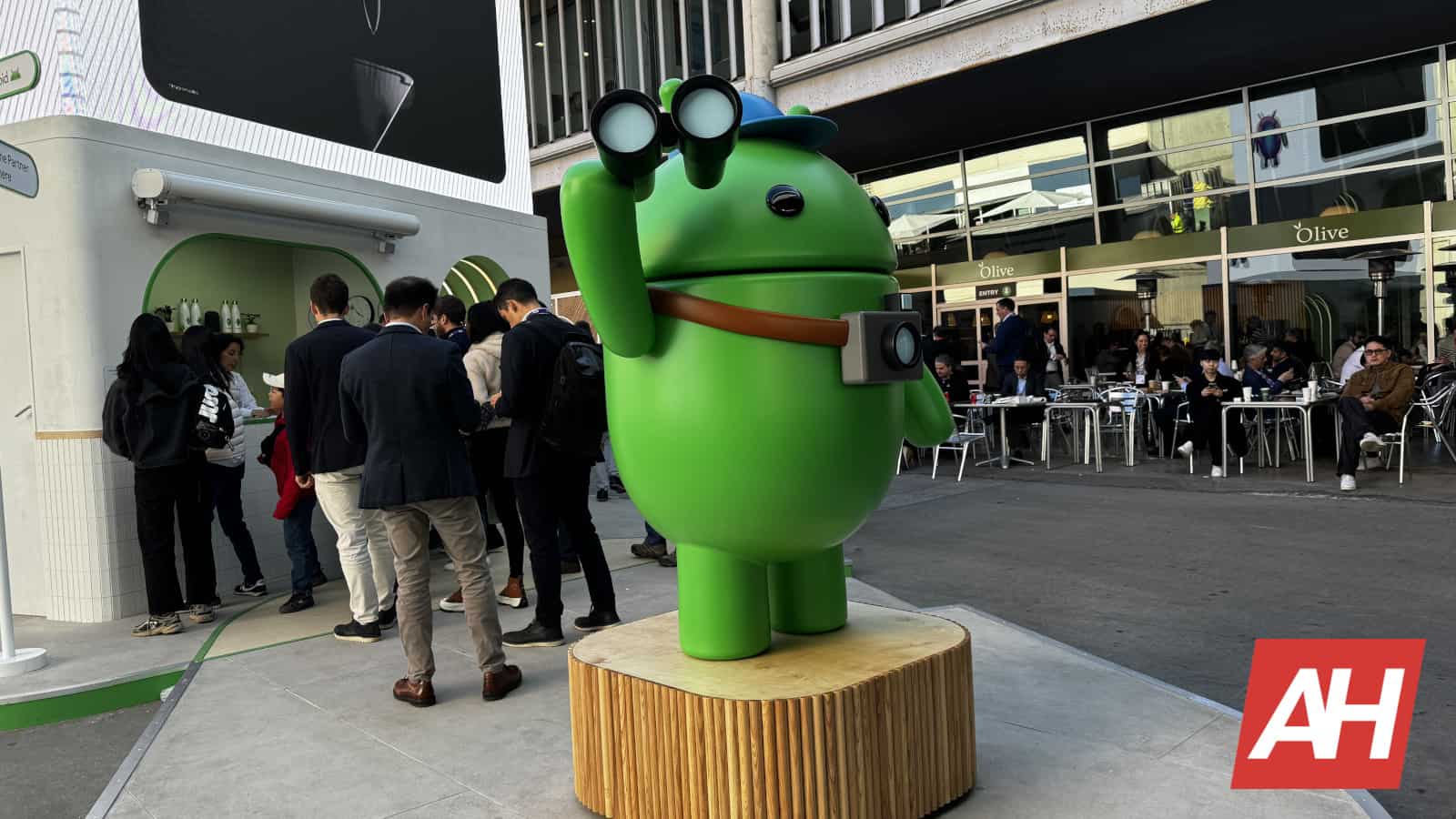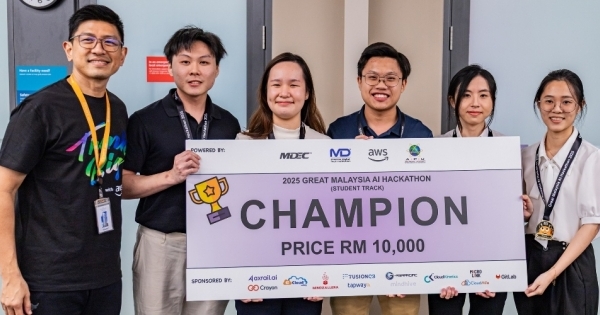Copyright Android Headlines

For some years now, Always-On Display (AOD) has become a fundamental feature for millions of Android phones. It allows you to quickly check key data like the time, weather, and new notification icons without consuming much battery. However, Google seems ready to evolve Always-On Display in Android 17 with a new capability called Min Mode. This feature seems to want to noticeably change how we interact with our devices while they are “idle.” It could move the AOD beyond simple status updates to display persistent, full-screen interfaces from our favorite applications. Android 17 reimagines the Always-On Display (AOD) with Min Mode As spotted by Android Authority, Min Mode is not replacing the standard AOD. Instead, it is a separate, dedicated display state. It works by using the same low-power technology as the regular AOD. This ensures the screen brightness and refresh rate remain limited to preserve battery life. The key breakthrough of Android 17’s Min Mode is allowing apps to persist on the Always-On Display. When you set your phone down, instead of reverting to the clock, your phone can transition to a special, full-screen interface provided by the active app. For this to work, developers must register a stripped-down component, a “MinModeActivity,” in their app’s code. This activity will run in the AOD’s resource-constrained environment. This development turns the AOD into a mechanism for enabling “persistent live activities.” Apps can now offer highly essential, minimalist information without forcing the user to fully wake the device. Google Maps leads the charge Google itself appears to be the first to adopt Min Mode. The company is reportedly focusing its efforts on the Maps application, a perfect testing ground for the feature. Technical evidence suggests Google Maps is preparing a highly specialized, power-saving interface. This monochrome mode strips away nearly all unnecessary visual elements to display key data bits—like turn-by-turn navigation—even when your phone appears “off.” This is a huge benefit for anyone using GPS on a long drive, where the continuous use of location services and a bright screen typically drains the battery quickly. The future of idle devices Min Mode is likely to be introduced as a new developer API in Android 17. Developers of fitness apps could display live workout metrics, and music apps could show simple controls and track titles. Smart home apps could also offer quick, glanceable status updates. Ultimately, the success of Min Mode will depend on developers using restraint, focusing on surfacing the one or two things the user genuinely needs while the device is at rest. In other words, the industry must strike that balance between utility and power efficiency. If so, Android 17 has the potential to reshape the definition of an “idle” phone.



